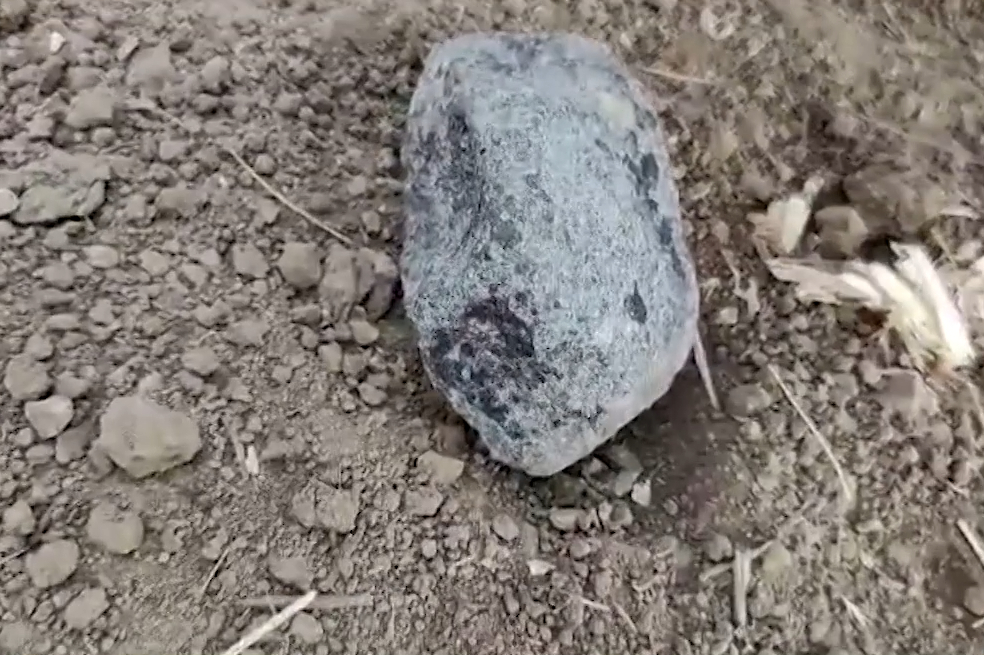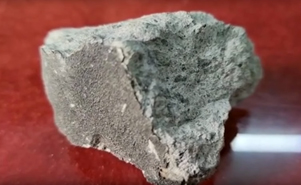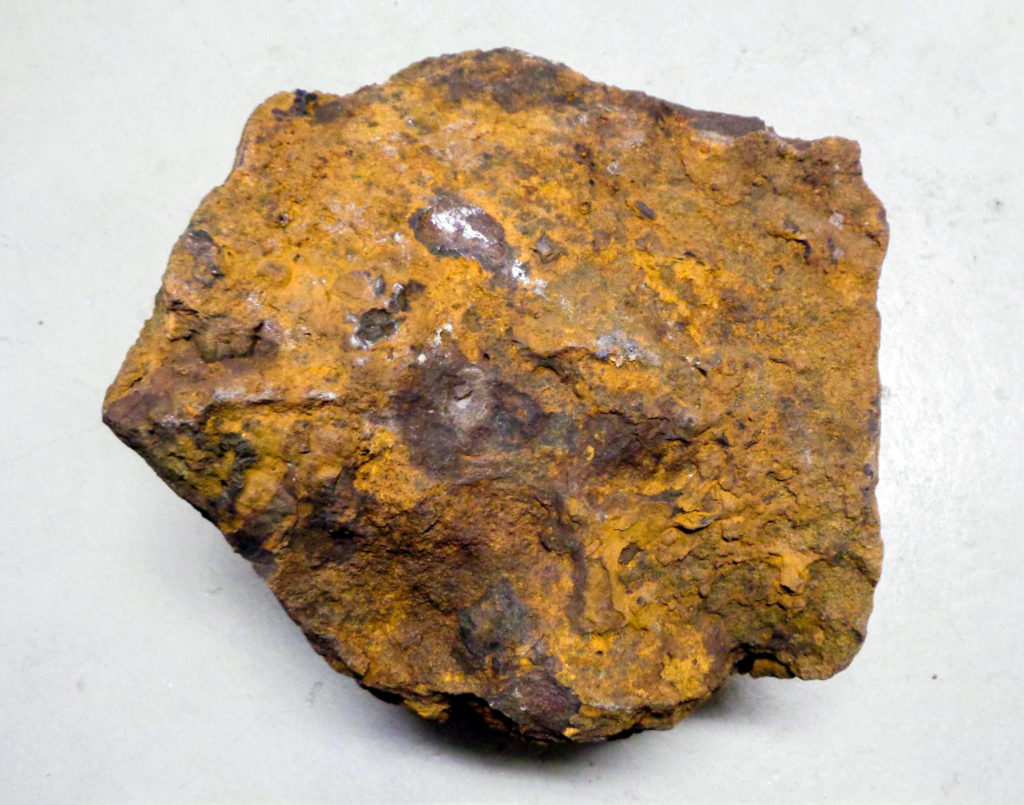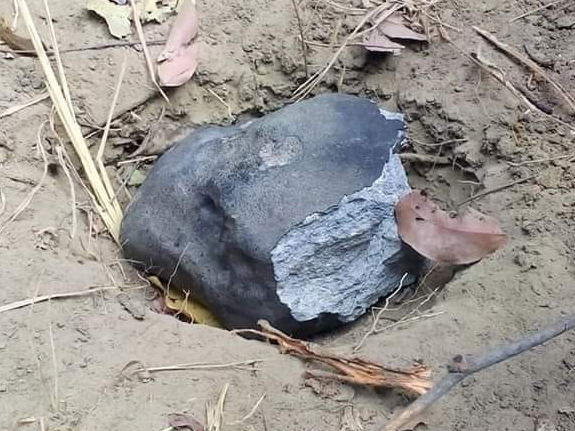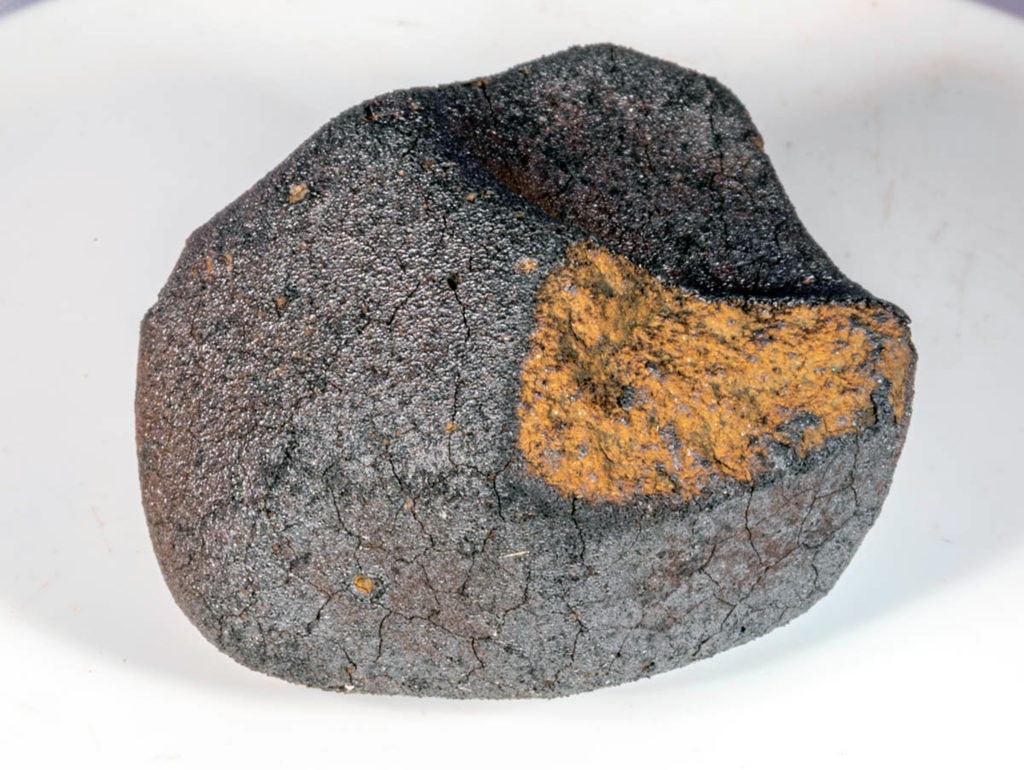Evaporation kinetics of silicon carbide in a low-pressure H2-H2O gas mixture: Implications for the survivability of presolar silicon carbide grains in the protosolar diskOPEN ACCESS
Daiki Yamamoto, Aki Takigawa, Lily Ishizaki, Ryosuke Sakurai, Yuki Inoue, Junji Yamamoto, Sota Arakawa, Shogo Tachibana
Geochimica et Cosmochimica Acta
In Press, Journal Pre-proof, Available online 21 June 2025
“Presolar silicon carbide (SiC) grains found in primitive extraterrestrial materials would preserve the pre-accretion thermal history of dust in the protosolar disk. Three series of evaporation experiments of SiC were conducted at total pressures of 0.5 and 2.5 Pa of H2-H2O gas mixture with controlled H2/H2O ratios of ∼ 52–140 and temperatures of 1523–1779 K. The STEM-EDS and Raman spectroscopic analyses of the heated samples indicated the absence of an oxide layer on the sample surface; however porous carbon-rich layers were occasionally observed. This suggests that the evaporation of SiC under the experimental conditions proceeded without the formation of a protective steady-state SiO2 layer. Under all the experimental conditions, the evaporation flux (J) has little/no dependence on temperatures typically higher than ∼1610–1670 K, while larger temperature dependences were observed at lower temperatures. The little/no temperature-dependence of J suggests that the evaporation reaction rate is controlled by the gaseous supply of H2O to the SiC surface under low-pressure conditions prevailing in the protosolar disk. The overall reaction rates would be limited by the surface chemical reactions in the large-temperature dependent regime. The large activation energies in this regime obtained in this study compared with those reported from the previous studies are likely associated with the transition regime from the SiC evaporation without continuous SiO2 formation to that accompanied by the SiO2 formation.
The survivability of presolar SiC grains was then compared with that of presolar amorphous silicate grains. We found that the lifetime of 0.1–1 μm-diameter SiC grain in the protosolar disk would have little/no temperature dependence at temperatures higher than ∼1500–1700 K, whereas it has a large temperature dependence at lower temperatures. The survival of these presolar SiC grains during the formation of igneous calcium-aluminum-rich inclusions would largely depend on the heating conditions of high-temperature events. Effective SiC evaporation would occur at ∼1200–1400 K, whereas oxygen isotopic signatures of 0.1 μm-diameter presolar amorphous silicate grains would be erased at ∼ 600–800 K in the accreting ptotosolar disk. At temperatures lower than ∼ 600–700 K, the presolar silicate/SiC number ratio normalized to its initial ratio increases with increasing the heliocentric distance from the Sun (r), reaching values of ∼ 0.7–0.9 at r > 4–5 au if the particles were released at ∼ 6–12 au. Assuming that the primitive interplanetary dust particles (IDPs) have an initial presolar silicate/SiC ratio of ∼ 6, the IDP-normalized ratios in primitive carbonaceous chondritic meteorites are in the range of ∼ 0.15–1. The high normalized presolar silicate/SiC ratios (>∼0.7) in meteorites imply that precursor materials of these meteorites originated predominantly from the regions with temperatures of < 300 K, corresponding to r of >∼4–5 au in this model. Our results indicate that the ratio of presolar silicate to SiC grains in the minimally altered primitive extraterrestrial materials may serve as a potential proxy for constraining the pre-accretional thermal history of the materials in the protosolar disk.”


